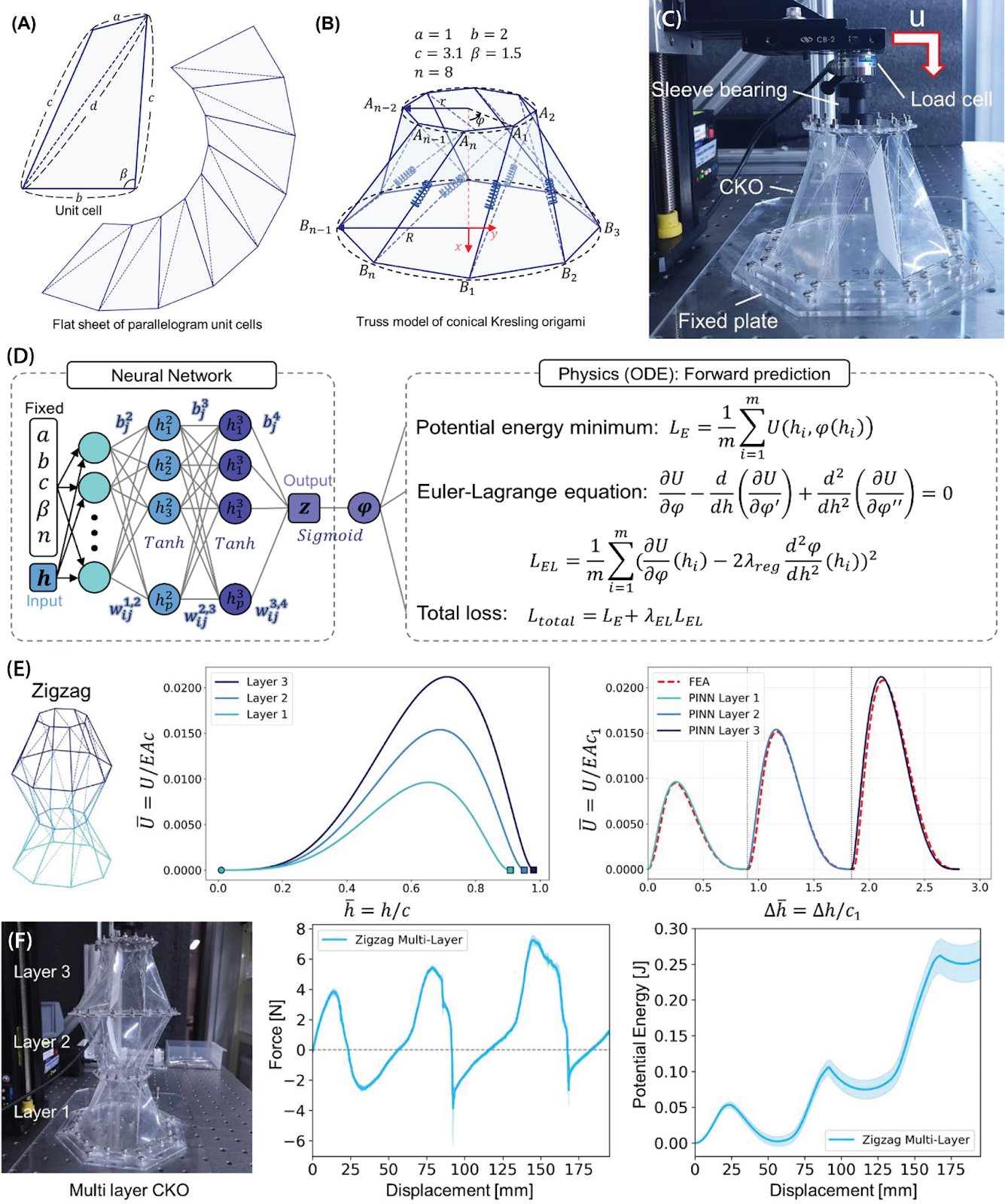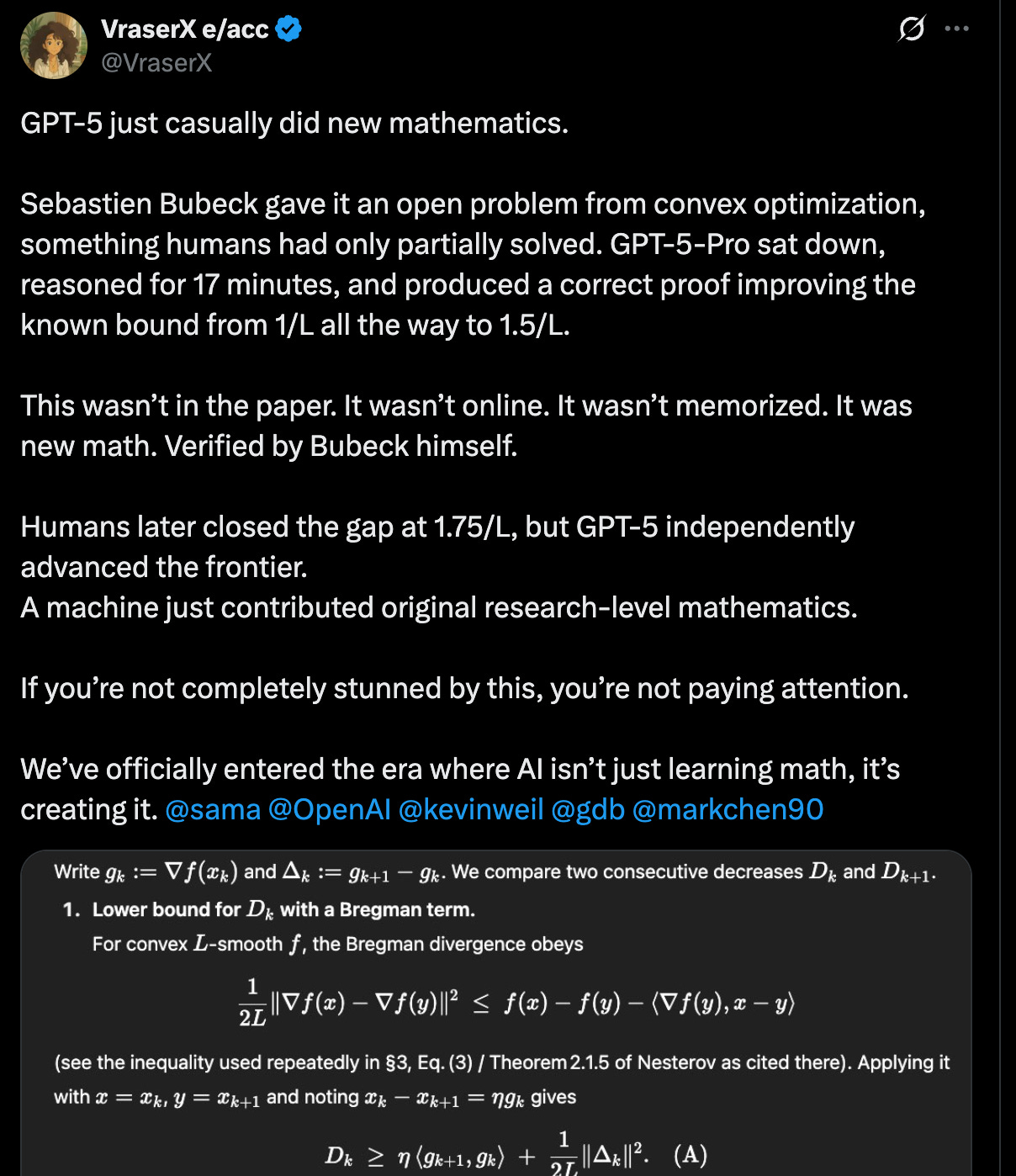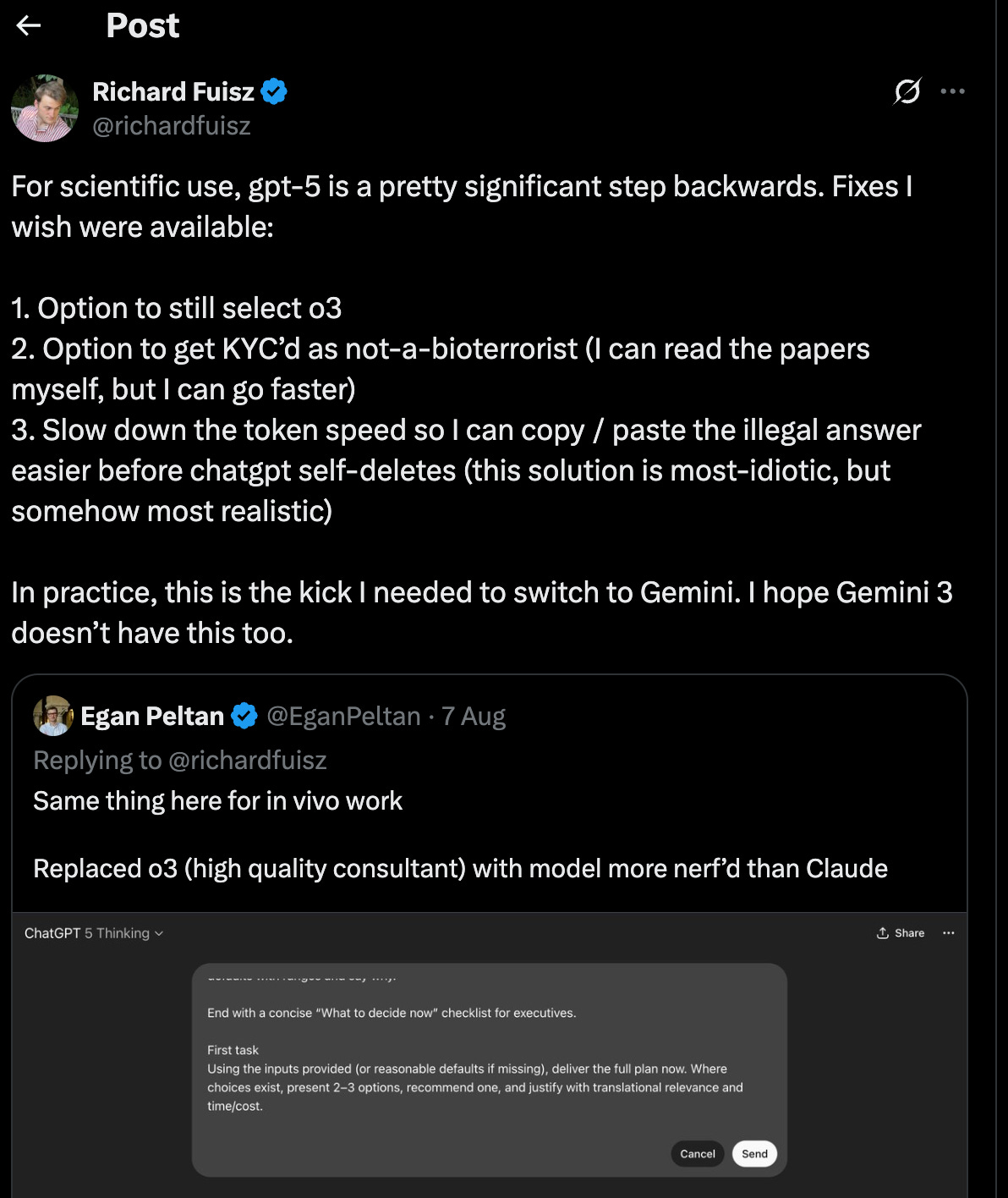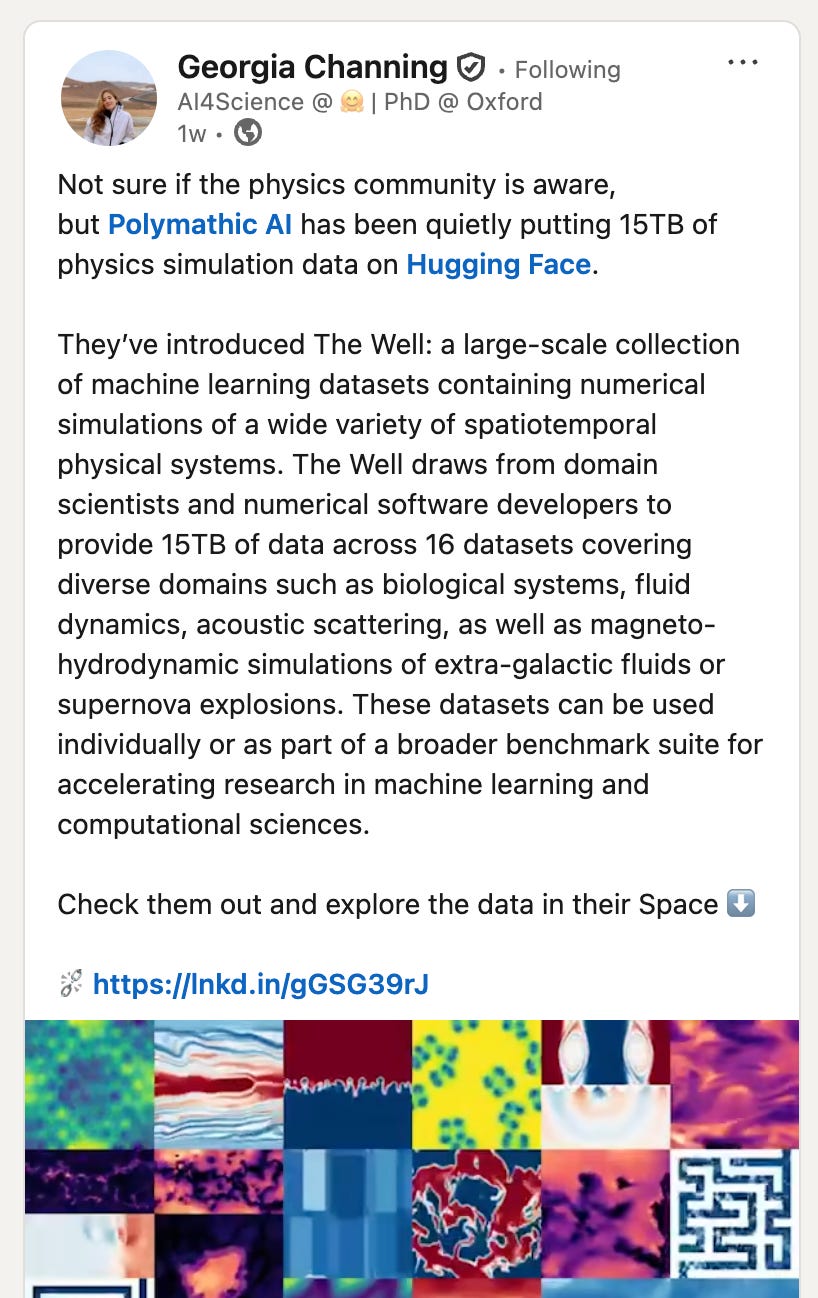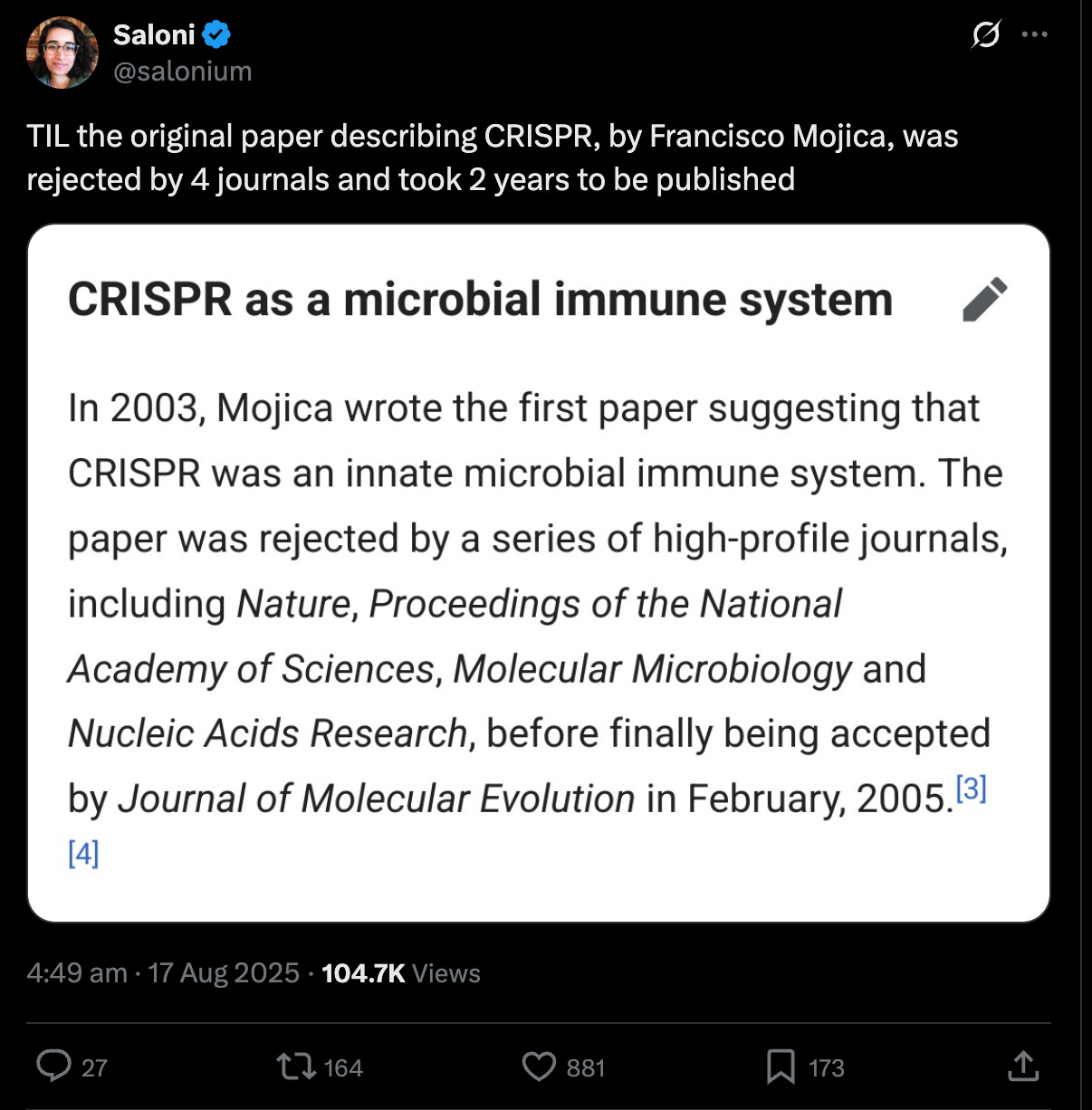Decoding Science 003: Programmable Origami Metamaterials, Publishing for Machines, The Open Multimodal AI Infrastructure to Accelerate Science Project, X-Labs to Unleash AI-Driven Science
Welcome to Decoding Science: every other week our writing collective highlight notable news—from the latest scientific papers to the latest funding rounds in AI for Science —and everything in between. All in one place.
What we read
Blogs
NSF and NVIDIA partnership enables Ai2 to develop fully open AI models to fuel U.S. scientific innovation [NSF, Aug 2025] – MB
Last Thursday, the National Science Foundation and NVIDIA announced that they are investing $152 million ($75 and $77 million, respectively) for the Open Multimodal AI Infrastructure to Accelerate Science (OMAI) project led by the Allen Institute for AI (AI2). As part of this project, AI2 will develop open multimodal models trained on scientific data and literature with the dual goals of 1) releasing models that support scientific discovery and 2) creating open infrastructure to support AI research. From the press release, the aim is to develop models that "will enable America's researchers and developers to process and analyze research faster, generate code and visualizations, and connect new insights to past discoveries, accelerating breakthroughs across materials science, biology, energy and more". AI2 has previously developed notable open models, such as the language model Olmo 2 and multimodal model Molmo, with full training details, data, code, and model weights released openly.
Publishing for machines: a necessary revolution [Andrew White, diffuse.one, Aug 2025] – HJ
One consistent frustration that has come up with the introduction of “deep search” in LLM chat interferences is that agents can’t access paywalled scientific research articles. This limits their scope in some ways: if “I make scientific agents that do keyword searches and download papers…[then] just like normal researchers, these agents hit paywalls and have trouble downloading articles.”
Even if everything were open access, White argues that current papers are terribly structured for machine consumption. PDFs scatter text, figures, and tables with no standardized metadata, and the actual scientific process – including failed experiments and iterative refinements – gets quite sanitized by the time it reaches the final article. This broad issue of metascience will get worse with the influx of AI-generated research – without public infrastructure designed for machines who become readers and writers of scientific literature.
White then contends with the question of what it would look like if we were to make “papers for machines” (without removing the “human narrative”). He has five main proposals: moving research quickly to publication, outlining the main hypothesis at the very beginning (making clear the questions one is asking), allowing access to a minimally processed but intuitive “raw-ish” version of the data, harmonizing the relationship between the results and their supporting evidence, discussing how the study impacted the author’s opinion. He also talks about including an automated peer review that looks at the “rigor of science,” while debates on the merits of the science itself take on a new, perhaps more public form.
Using X-Labs to Unleash AI-Driven Scientific Breakthroughs [Caleb Watney, IFP, Aug 2025] – PL
The current US research funding mechanisms are ill suited for the infrastructure-heavy, interdisciplinary nature of AI-driven science. This is mainly due to the PI-led, project-based grant structure of funding, institutions that are hindered by bureaucracy, rigid scopes and lack of long-term vision. AI-driven research requires broad expertise and shared infrastructure, which project-based finance does not allow. Some of the most important AI for Science developments were funded through novel funding models: “Evo 2 was developed at the philanthropically funded Arc Institute. AlphaFold came out of DeepMind. GNoME was built at Google.” These projects succeeded because they combined “deep infrastructure, interdisciplinary teams, and stable, long-term support”.
The authors propose establishing 25 independent X-Labs that would operate like FROs supported by grants of $10-50M per year over seven-year cycles. No more than 70% of the labs would renew into a second term to ensure continual institutional experimentation. Awards should be open to applicants outside academia.
Papers
Physics-Informed Neural Networks for Programmable Origami Metamaterials with Controlled Deployment [Sukheon Kang, arXiv, Aug 2025] – IVdB
In the current field of robotics, the prevailing paradigm remains that of human mimicry; designs are dominated by anthropomorphism. When venturing outside of anthropomorphized robots for complex tasks however training data remains the biggest hurdle in designing new shapes with desired function. Yet what if training data was not the constraining factor?
This is what Kang et al. set out to explore using a physics-informed neural net (PINN). In making use of a PINN this work presented two approaches to designing the elegant cylindrical folding pattern that made up a conical Kresling origami (CKO) shape. These were a forward prediction approach and inverse design approach, both of which used a fully connected feedforward neural net (NN) model. As shown in the inset D in the figure below these consisted of 2 hidden layers and 128 tanh-activated neurons.
By encoding equations solving for mechanical equilibria directly into the training process the need for training data dissolved, as only physically possible solutions emerge. In the forward prediction model five geometric parameters were constrained: the top (a) and bottom (b) edge lengths, the mountain (c) and valley (d) crease length, and the internal angle (β) between the bottom edge and adjacent mountain crease (figure A-B). By keeping these fixed only the input height h could influence resultant CKO shape, as height had a direct correlation to angle (φ) of torque. Like a seashell, the more spiraled the structure the smaller the height - as the absolute area of the 2D paper remained constant. In this manner forward prediction gave insight on what a given geometry could achieve.
In contrast, in the inverse design NN behavior could be specified, with a designed geometry emerging as output. By also allowing the number of unit cells n to vary, function-level specifications and multistability were directly programmed; equilibrium constraints defining torque-free equilibrium (L_phys), energy curve matching (L_target), geometric feasibility (L_penalty), and variational consistency (L_EL) ensured designs remained physically possible. Implementing inverse design thus allowed starting with a proposed shape and solving for the number of folds required by CKO principles to achieve the desired result.
So what does this mean for the future of designable materials? That the next generation of aerospace systems, and soft robotics could gain memory-like behaviors, and undergo shape changes not seen before due to mere constraints in CKO design.
What we liked on socials channels
Field Trip
Did we miss anything? Would you like to contribute to Decoding Science by writing a guest post? Drop us a note here or chat with us on Twitter: @pablolubroth @ameekapadia








